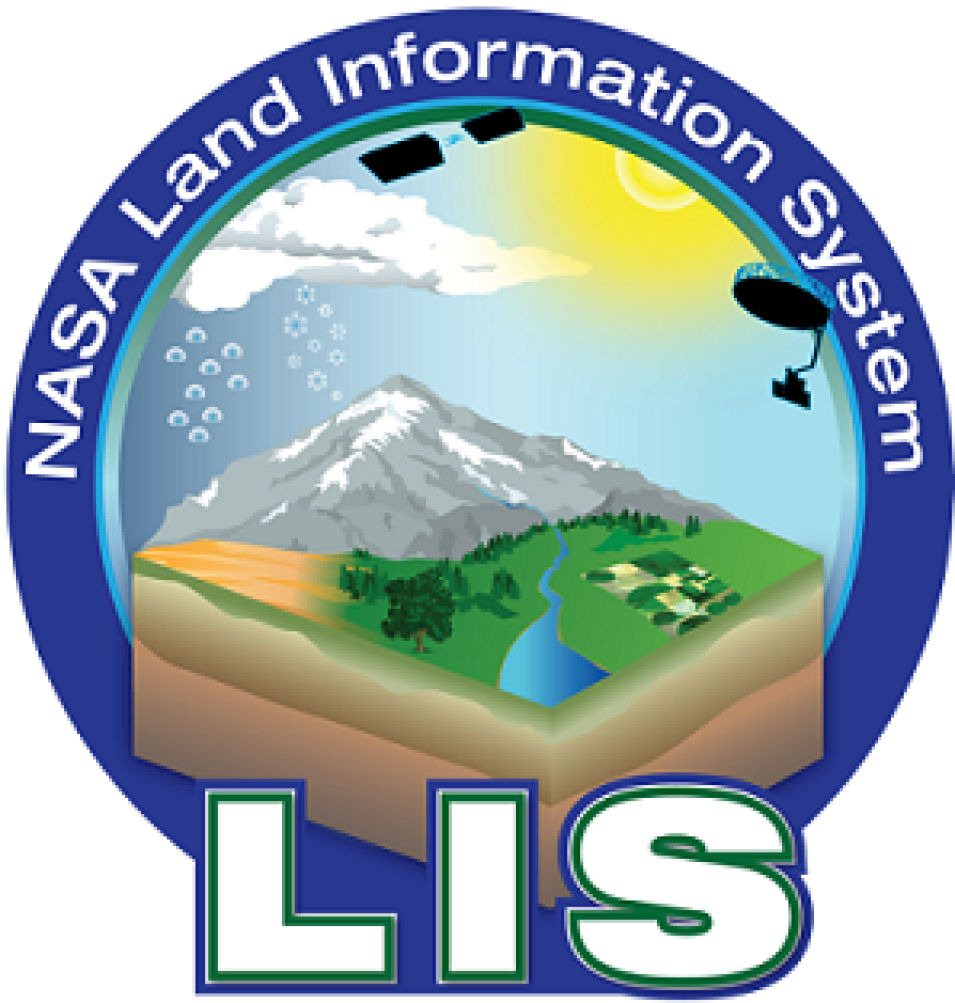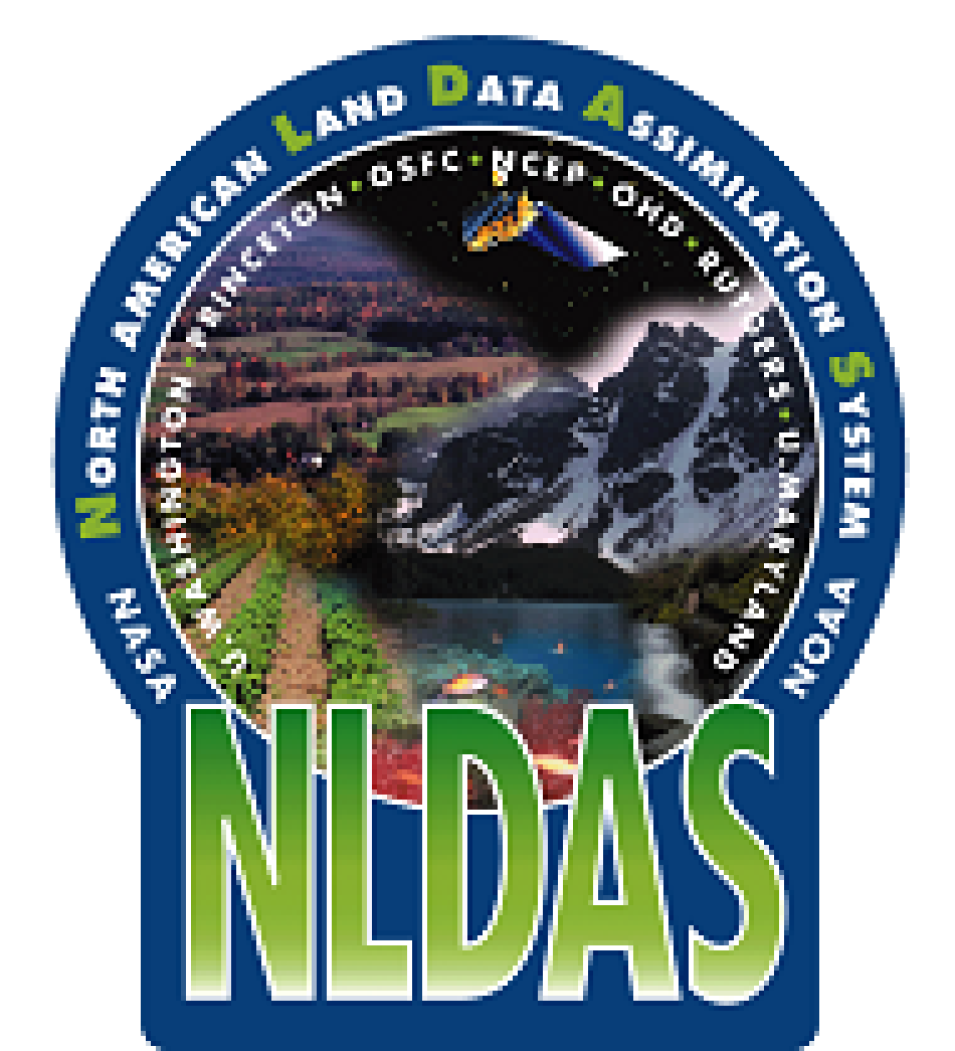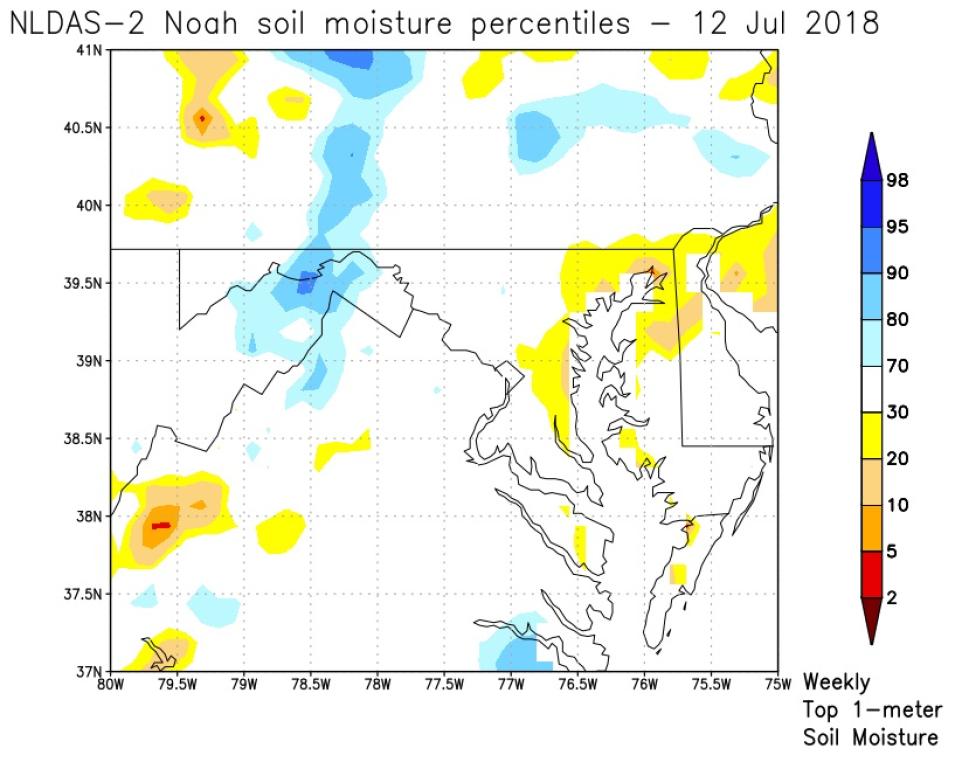David Mocko, Senior Research Scientist (Science Applications International Corporation [SAIC]) supporting the Hydrological Sciences Laboratory at NASA’s Goddard Space Flight Center, Greenbelt, MD
Research interests: Using and evaluating land-surface models to study soil moisture, snow depth/cover, surface fluxes, and drought.
Research highlights: For Washington, D.C., the end of June and the first half of July this past summer were bone dry, with only a trace of rain recorded at Ronald Reagan National Airport. Slightly more rain was recorded north of Washington and at Dulles Airport to the west, but not much more. An article published in the Washington Post on July 13 raised the specter of a regional “flash drought.”
“Flash drought” refers to a drought that develops much more rapidly than a typical drought. They typically exhibit sudden and relatively short periods of warm surface temperatures coupled with anomalously low and rapidly decreasing soil moisture. Precipitation certainly factors in, since a lack of available moisture exacerbates decreases in soil moisture. Clearly, the Washington region was experiencing a lack of precipitation, but was this really a flash drought?
David Mocko and his colleagues at NASA’s Goddard Space Flight Center in Greenbelt, Maryland, were skeptical. They decided to take a closer look using land-surface models driven by meteorological observations. The truth, it turned out, was in the models.
Data about current water availability and soil moisture are acquired in a variety of ways and from many sources, including precipitation records from ground stations and in situ water monitors and gauges (such as calibrated airport rain gauges). Remotely-sensed data from Earth observing satellites also play an important role in providing these data, such as precipitation data from the joint NASA/Japan Aerospace Exploration Agency Global Precipitation Measurement (GPM) Core Observatory (launched in 2014) and soil moisture data from NASA’s Soil Moisture Active Passive (SMAP) satellite (launched in 2015).
Along with providing information about ongoing events, these data (supplemented with historic records) serve as input to mathematical land-surface models that are used to produce representations of current environmental conditions (such as U.S. Drought Monitor maps) and forecast potential environmental conditions (such as seasonal climate predictions produced by the National Weather Service’s Climate Prediction Center). These datasets also are used to verify land-surface models, or LSMs, to help ensure that the model simulations accurately represent real-world conditions.
As a Senior Research Scientist in the Hydrological Sciences Laboratory, David Mocko programs and uses software behind LSMs to run computer simulations for testing new LSMs and for exploring soil moisture, snow depth/cover, surface fluxes, and drought (both current and historic). He also is one of the core contributors to NASA’s Land Information System (LIS) software framework, specifically as a member of the LSM team that incorporates different surface models into the LIS.


